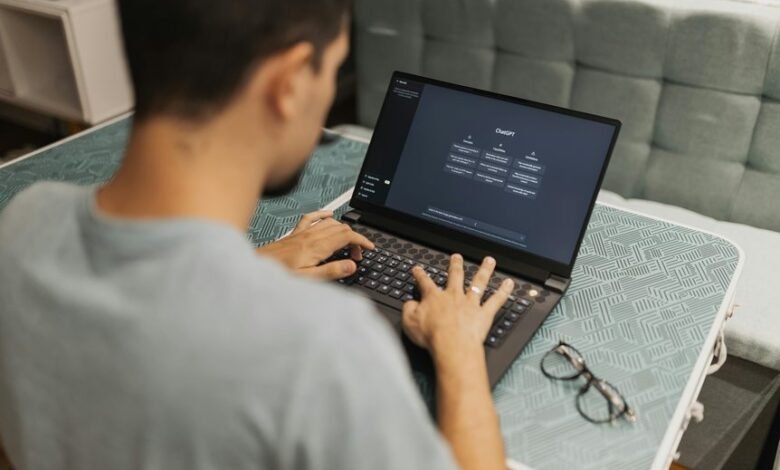597473721 User Response to Missed Calls by Segment

User 597473721 illustrates distinct response patterns to missed calls across different demographic segments. Younger individuals prioritize immediate callbacks, reflecting a preference for swift communication. Conversely, older users often take longer to respond, indicating a more contemplative approach. These behavioral nuances are shaped by socio-economic factors and personal preferences. Understanding these variations is critical for enhancing engagement strategies. What further insights can be gleaned from analyzing these response patterns?
Demographic Insights on Missed Call Responses
Demographic factors significantly influence how individuals respond to missed calls.
Response analysis reveals that age, gender, and socio-economic status play crucial roles in missed call demographics. Younger individuals tend to prioritize immediate callbacks, while older demographics may exhibit more deliberation.
Additionally, socio-economic factors contribute to varying response times, reflecting broader lifestyle choices and values associated with personal freedom and communication preferences.
Behavioral Segments and Their Reaction Patterns
Although various factors shape individual responses to missed calls, behavioral segments reveal distinct reaction patterns that can be categorized into several groups.
User behavior varies, with some segments exhibiting immediate callbacks while others delay or ignore the missed calls entirely.
These patterns reflect underlying motivations and priorities, highlighting the diverse ways individuals navigate communication and manage their time within their social contexts.
Technology Influence on User Engagement
The influence of technology on user engagement is significant, shaping how individuals respond to missed calls and other communication attempts.
Mobile notifications play a crucial role in this dynamic, as they cater to user preferences and dictate engagement levels.
As technology evolves, users increasingly rely on these notifications to prioritize interactions, ultimately impacting their responsiveness and engagement with missed communication.
Strategies for Effective Communication After Missed Calls
Navigating communication effectively after missed calls requires a strategic approach that acknowledges the nuances of user behavior and preferences.
Employing targeted follow-up techniques, such as timely messages via preferred channels, enhances engagement. Understanding individual communication preferences further tailors responses, fostering a sense of autonomy in users.
Ultimately, a structured method to reconnect can significantly improve user satisfaction and response rates.
Conclusion
In conclusion, understanding the diverse response patterns to missed calls across demographic segments is crucial for optimizing communication strategies. For instance, a hypothetical case where a tech-savvy younger user promptly returns a missed call within minutes contrasts sharply with an older user who may delay their response by hours, reflecting thoughtful consideration. Such insights underscore the necessity for tailored engagement approaches that address the unique preferences and behaviors of different user segments, ultimately enhancing communication effectiveness and user satisfaction.




